Spring comes, the sky and earth bloom, and the Muong people celebrate the Pon Pong festival together. The colors and scents of the mountains and forests blend with the bustling sounds of gongs, drums, and the laughter of the people participating in the festival, creating a bustling spring atmosphere throughout the village.
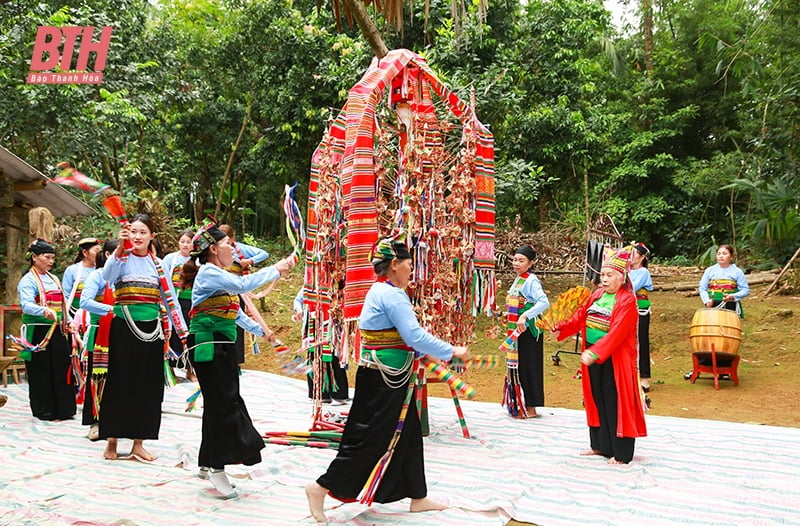
Festival imbued with Muong culture
Muong people in districts such as Ngoc Lac, Cam Thuy, Thach Thanh, Ba Thuoc... for generations have kept the tradition of preparing to fold flowers, make props, and erect cotton trees to organize the Pon Pong performance at the beginning of spring, January or the full moon of March and July.
In Muong language, “Pon” means to play, to play, to dance; “Pong” means cotton, flower; “Pon Pong” means to dance with flowers. Through the Pon Pong festival, Muong people wish for a bountiful harvest, a prosperous Muong village, full barns of corn and rice, and happy people. The festival is both a ritual to pray for blessings and peace, and a place for men and women to meet.
The festival is presided over by the Au May (Mrs. May), a prestigious woman in the village who knows how to worship, prescribe medicine, dance and sing well. The festival also has young men and women who join in the flower-playing festival.
The Pon Pong Festival consists of two parts, the ceremony and the festival (performance). During the ceremony, Au May will use verses to inform the gods that this year's harvest will be bountiful. The villagers will hold a festival to express their gratitude to heaven and earth for giving them favorable weather and wind, making people happy, and to invite the ancestors and the king to come and enjoy.
In the festival, the performances revolve around the cotton tree - the central object in the festival, a symbol of the vast universe, converging all things that nature has bestowed upon mankind. On the 3-meter-high bamboo cotton tree, there are 5 or 7 layers of flower clusters dyed green, red, purple, yellow and models of animals, agricultural tools, and human creations... symbolizing prosperity.
The Pon Pong art form has 48 unique games and performances, in which Mrs. May is the main character, along with other roles such as Mr. Po, Miss Quac, Miss Choong Loong, King Ut, King A, King Ca, King Hai... and a unique music system of the Muong people such as the flute oi, tam bu, gongs. The festival recreates, simulates and recounts the cultural life of the Muong people since the early days of slash-and-burn farming, dividing land, dividing water, building houses, growing rice, weaving brocade, hunting wild animals, cockfighting, buffalo fighting, wrestling, fishing, cotton dancing, fortune telling, making rice to invite Muong, inviting friends to eat new rice, drinking rice wine...
The echoes of music, gongs, and cheers and laughter create a joyful, exciting atmosphere, encouraging the spirit of hard work before a new spring.
Preserving and transmitting the soul of Muong land
Due to the development of modern cultural and artistic forms, the Pon Pong Festival was forgotten for a time. It was not until 1987, when Thanh Hoa province started to preserve folk games and performances, that the Pon Pong Festival was revived.
Over 80 years old is also the same amount of time that People's Artisan Pham Thi Tang in Lo village, Cao Ngoc commune, Ngoc Lac district has lived in a space imbued with the soul of the Muong land. She has become the person who preserves the "soul" of the Muong culture in Cao Ngoc commune in particular, and of the Muong people of Thanh Hoa in general.
“I have been involved with the Pon Pong performance for nearly 70 years, like a husband and wife, like a mother and child. The festival makes people feel jubilant and joyful forever,” May Tang shared.
The Pon Pong flame from Artisan Pham Thi Tang has been spreading to the next generations. From the village level to the commune level and then expanding to the district and provincial level teaching classes, May Tang's footprints are everywhere. The number of students taught by Artisan Pham Thi Tang has reached hundreds.
In 2016, the Pon Poong Festival in Cao Ngoc Commune, Ngoc Lac District was recognized as a National Intangible Cultural Heritage. Ngoc Lac District is also making efforts to promote the value of the festival in particular as well as Muong culture in life.
Mr. Pham Dinh Cuong, Head of the Department of Culture and Information of Ngoc Lac district, said: “The district has promoted propaganda to the general public about the great value of Pon Pong; focused on bringing Pon Pong performances into festivals; established Pon Pong performance clubs, combined with tourism development. Up to now, every village in the district has cotton trees and an art troupe that knows how to perform Pon Pong.”
Article and photos: Anh Tuan
Source: https://baothanhhoa.vn/vui-hoi-pon-poong-238005.htm



![[Photo] Prime Minister Pham Minh Chinh chairs the regular Government meeting in March](https://vstatic.vietnam.vn/vietnam/resource/IMAGE/2025/4/6/8393ea0517b54f6791237802fe46343b)
![[Photo] Military doctors in the epicenter of Myanmar](https://vstatic.vietnam.vn/vietnam/resource/IMAGE/2025/4/6/fccc76d89b12455c86e813ae7564a0af)
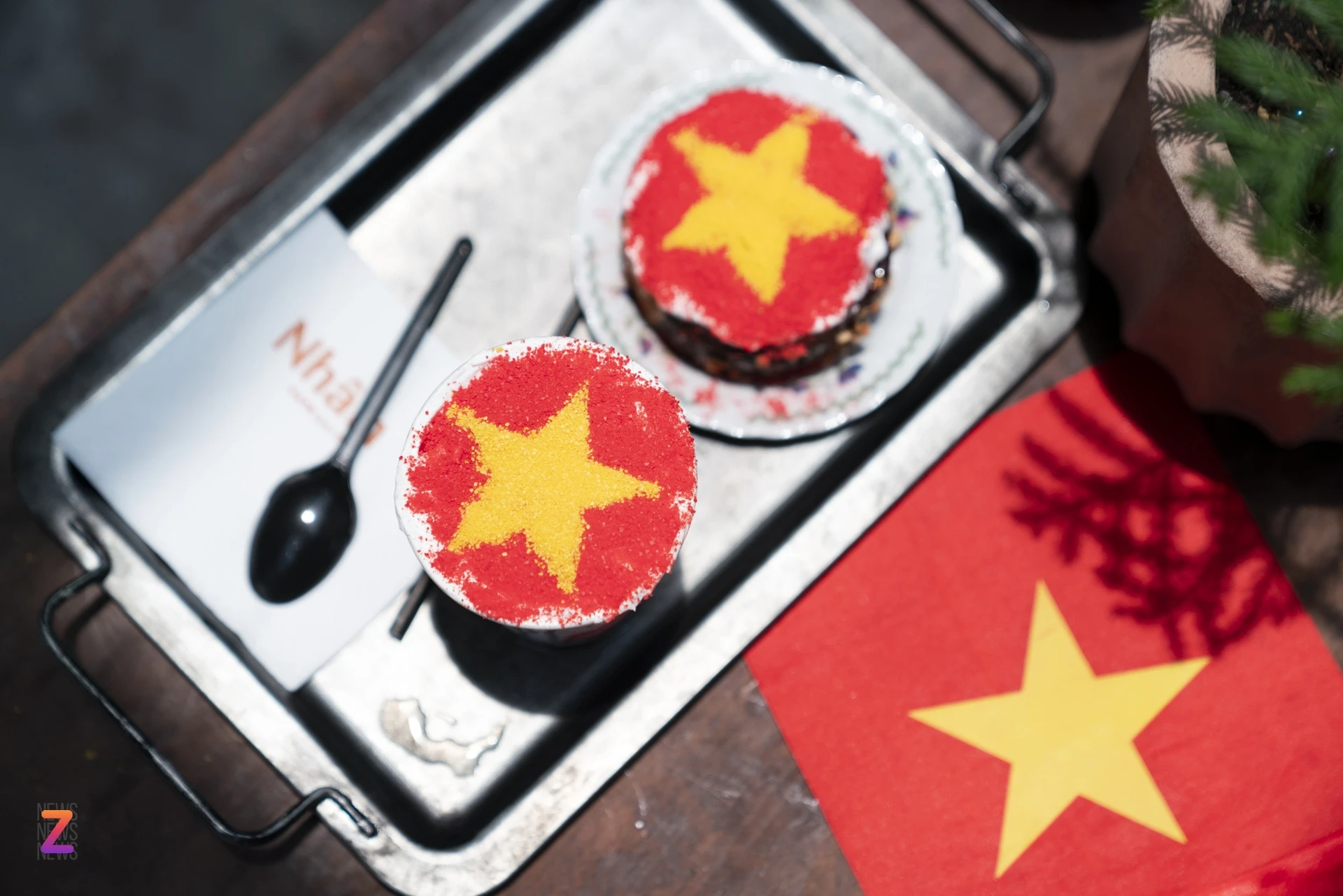
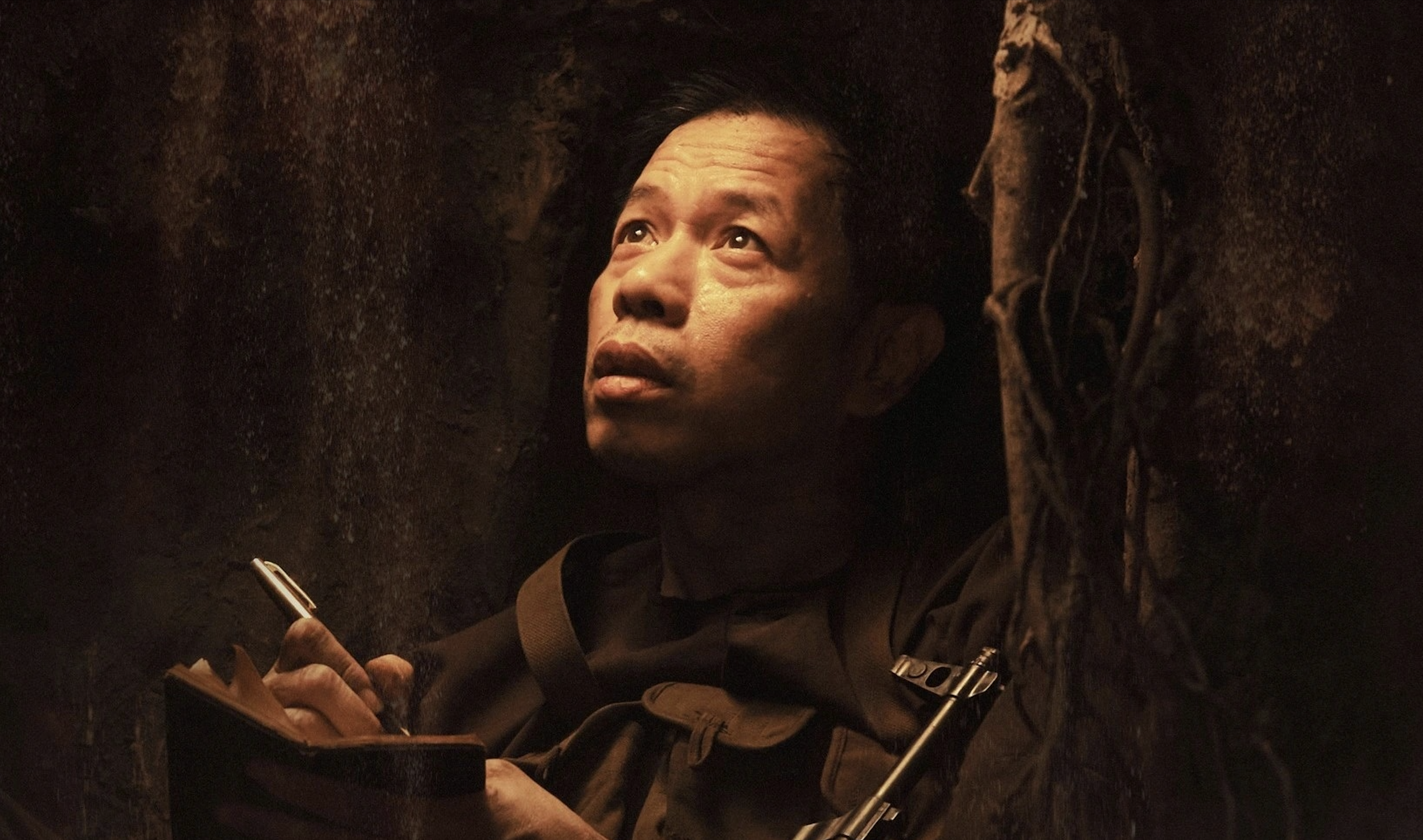

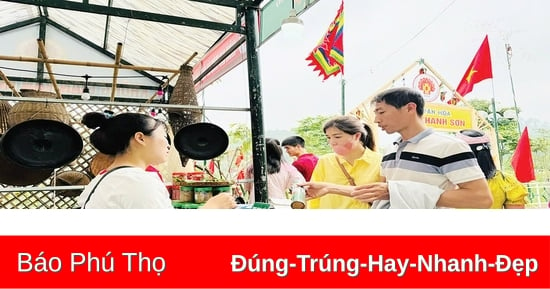
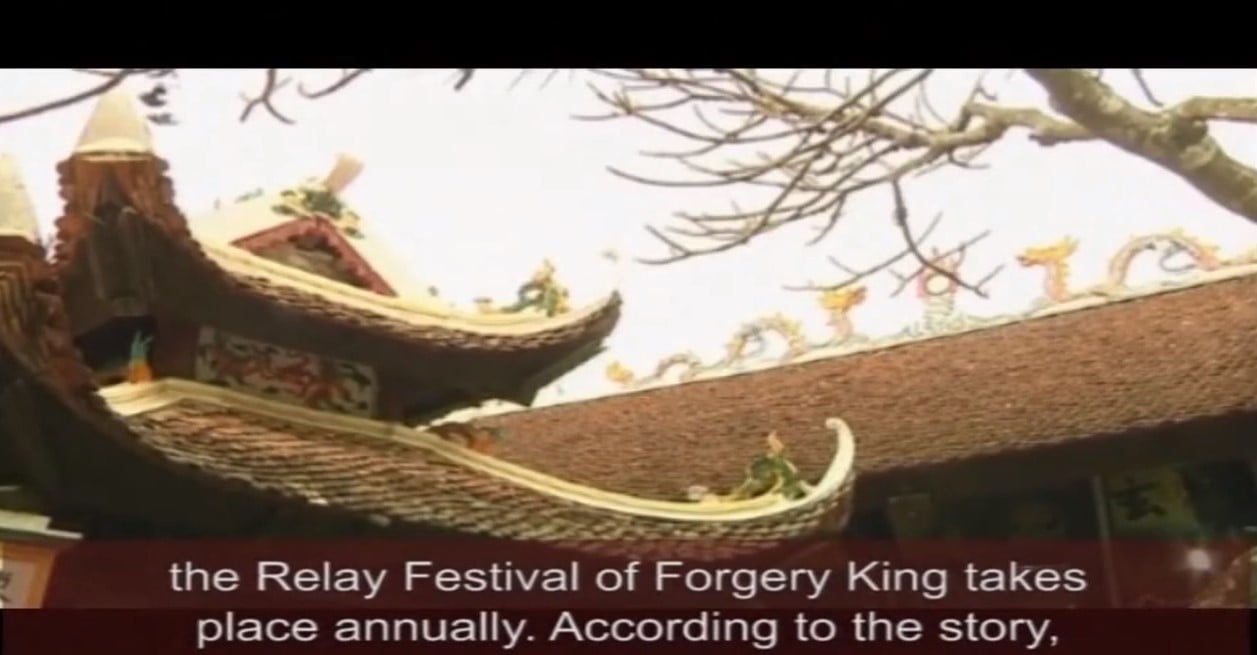


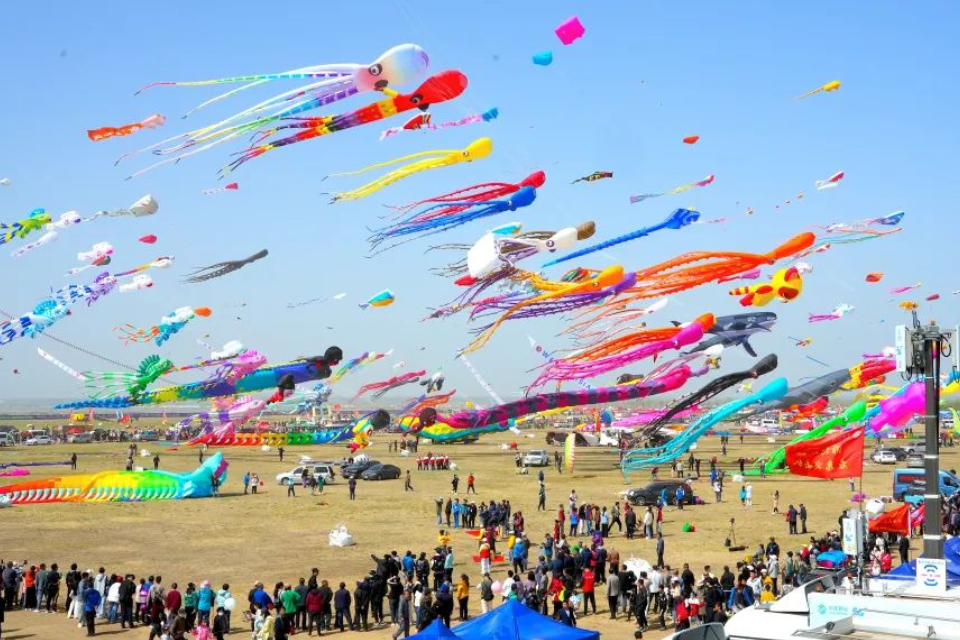

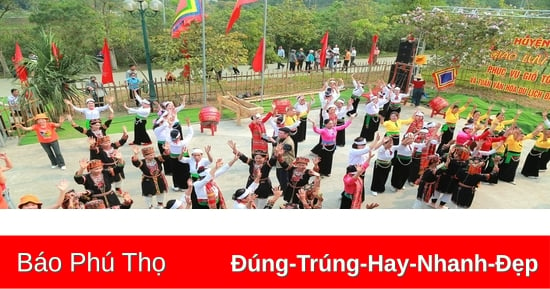
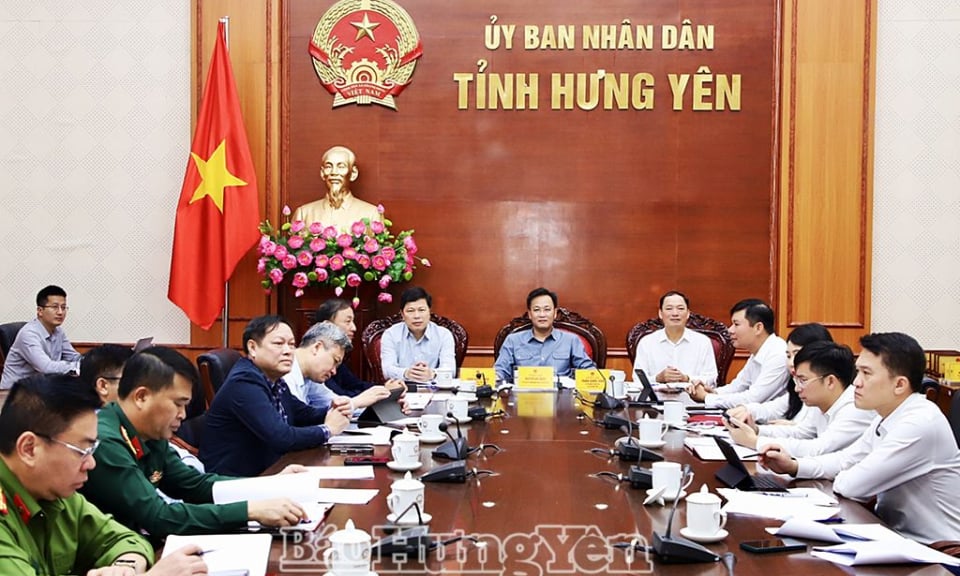



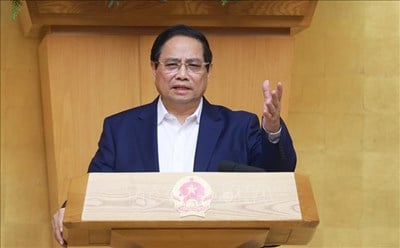
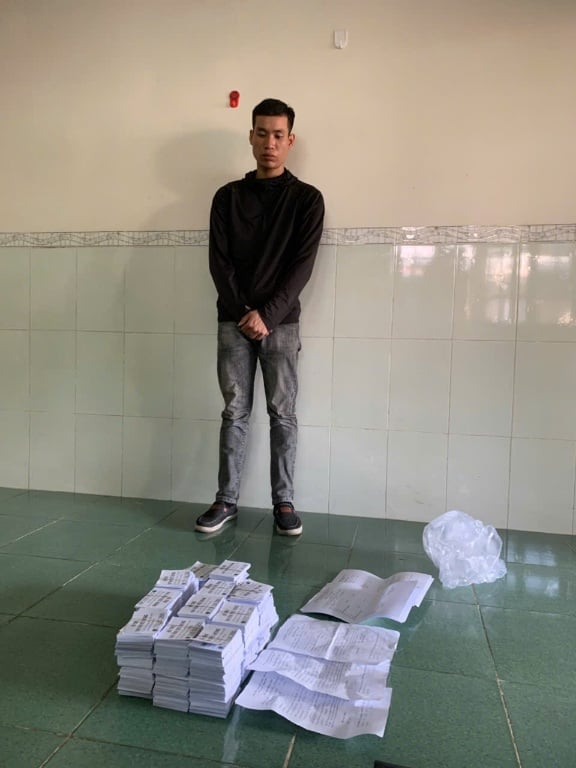





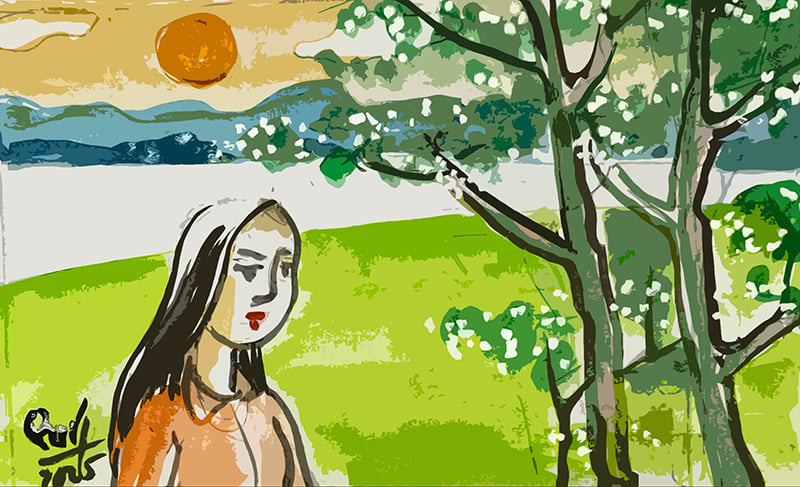



![[Photo] Quang Binh: Bright yellow vermicelli flowers in Le Thuy village](https://vstatic.vietnam.vn/vietnam/resource/IMAGE/2025/4/6/80efad70a1d8452581981f8bdccabc9d)
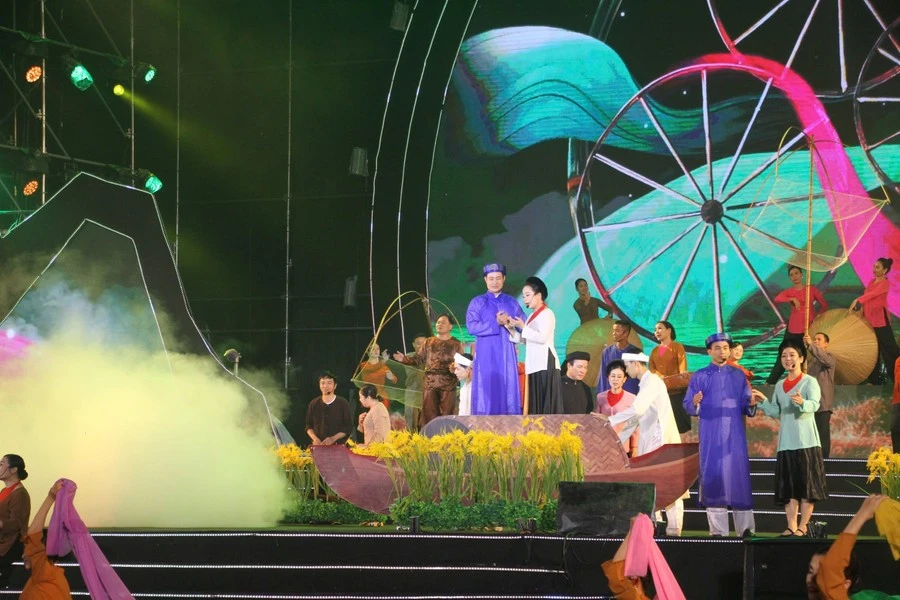

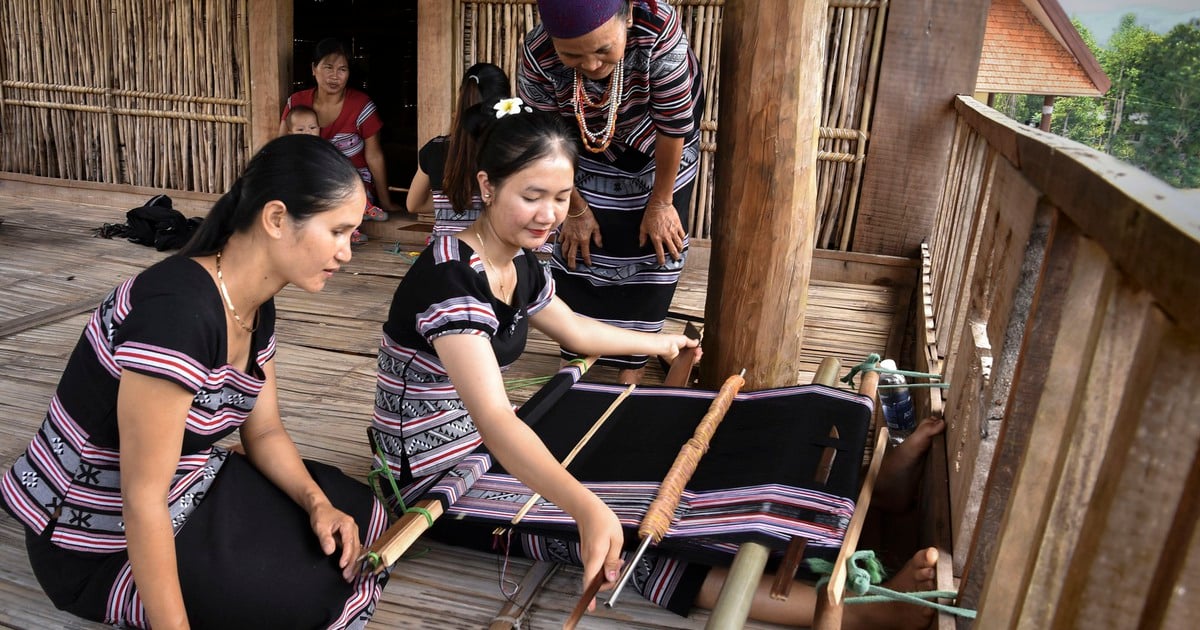

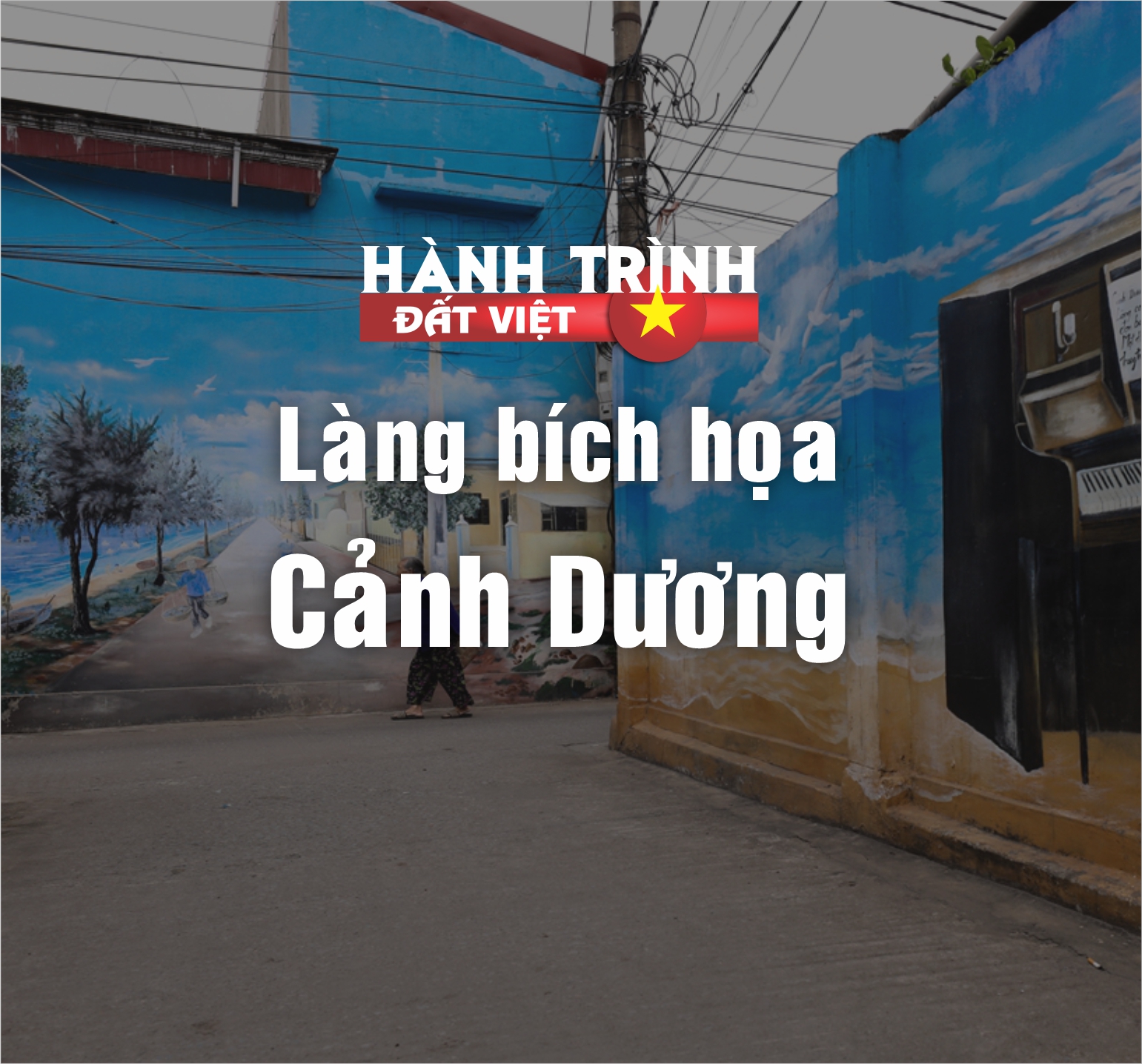

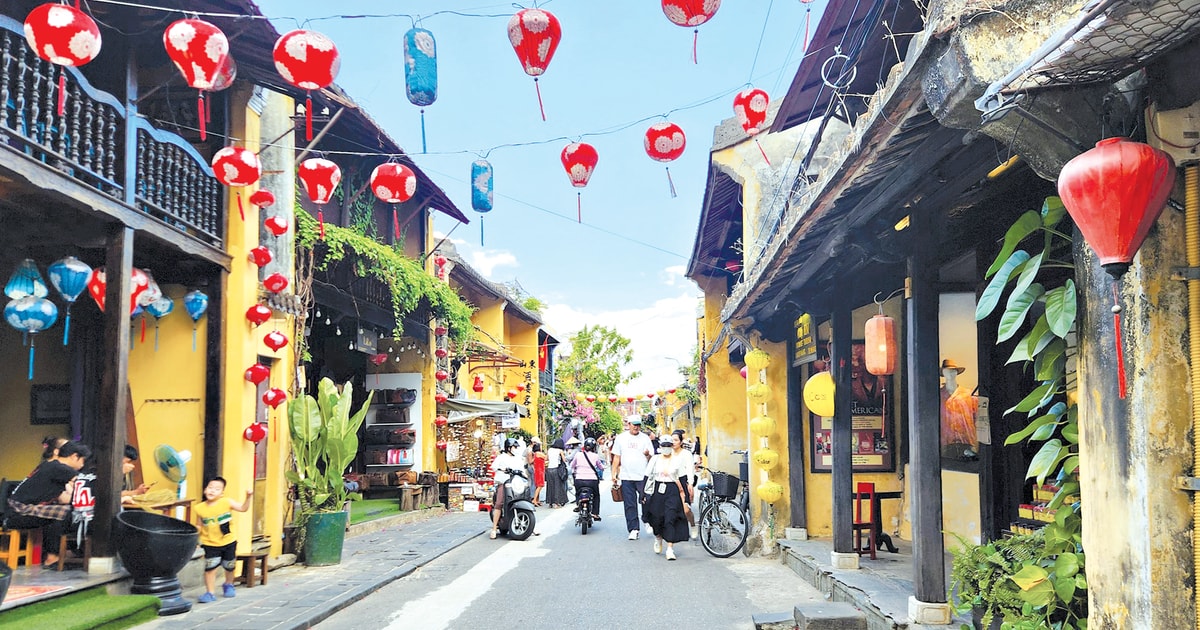

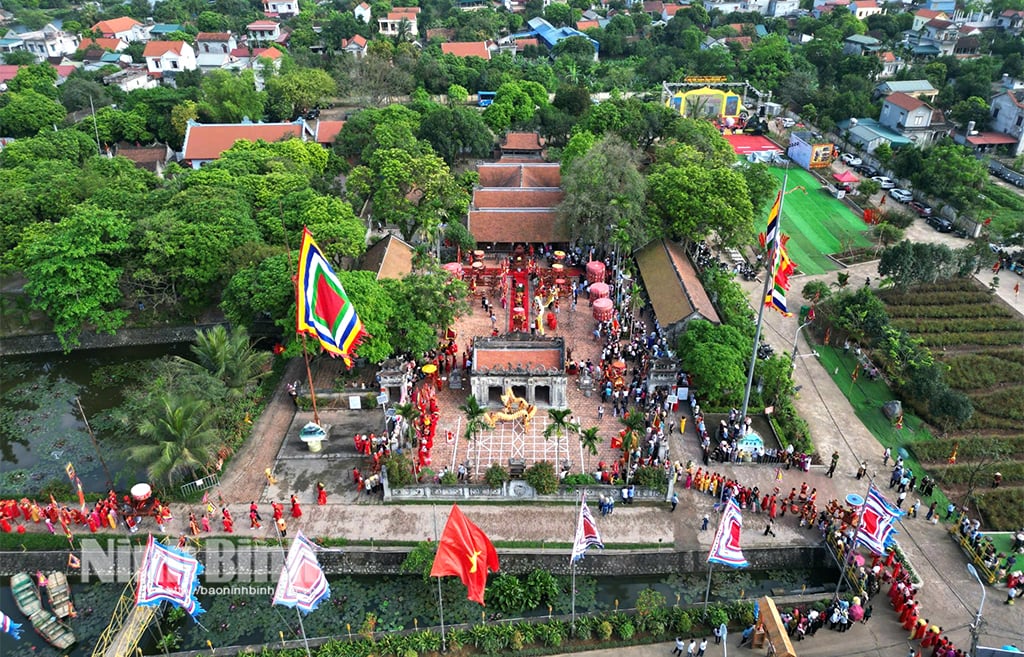



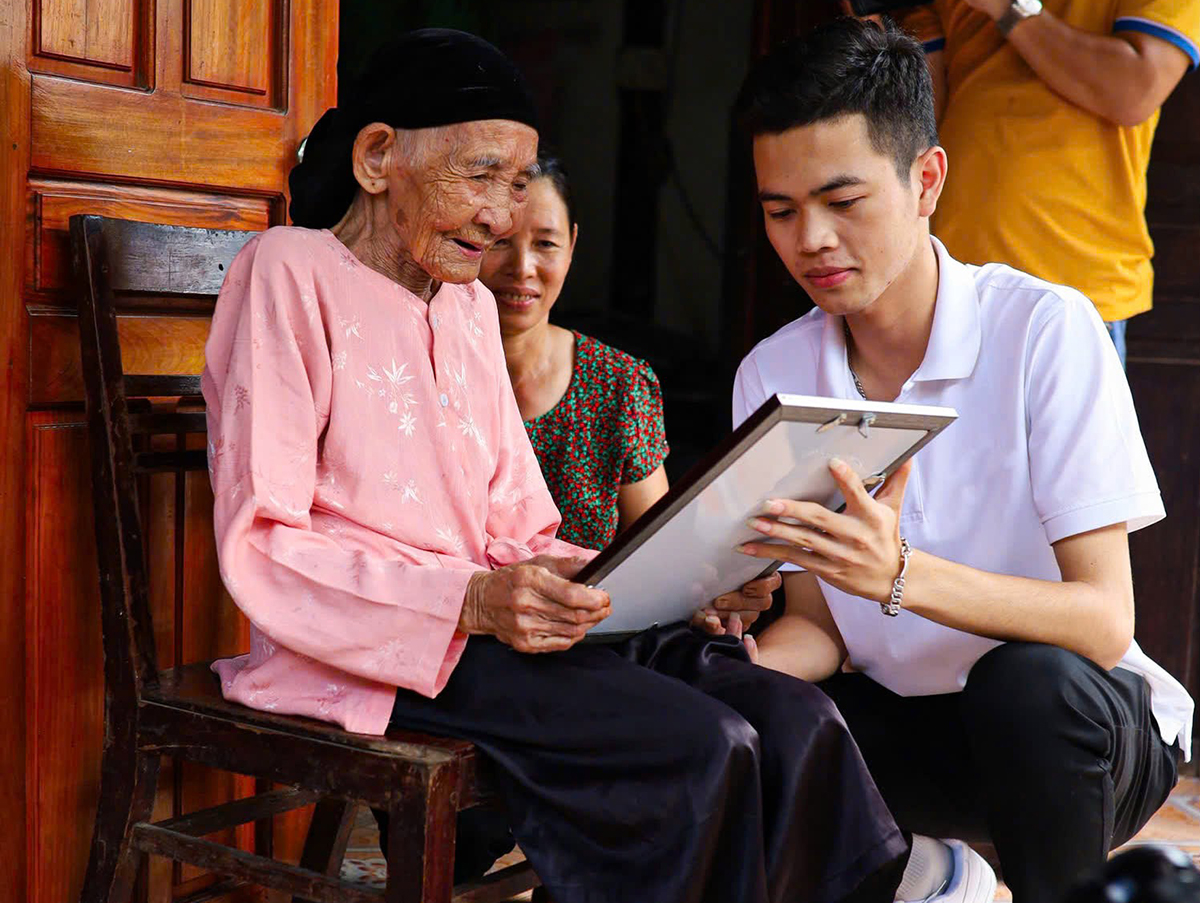

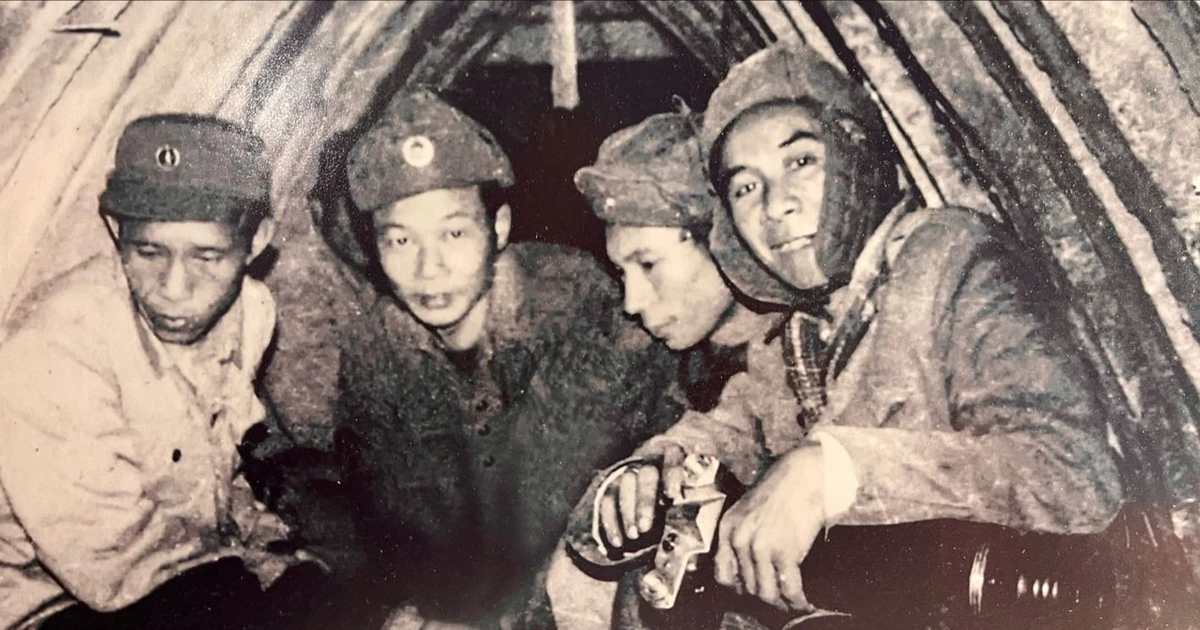

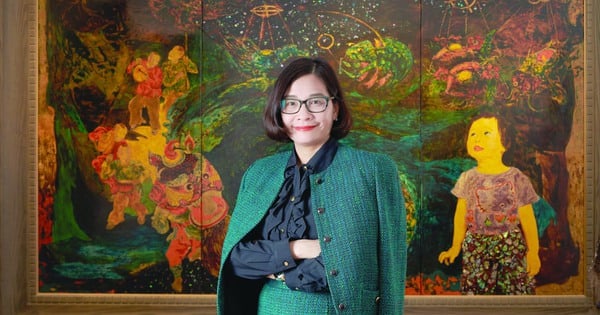

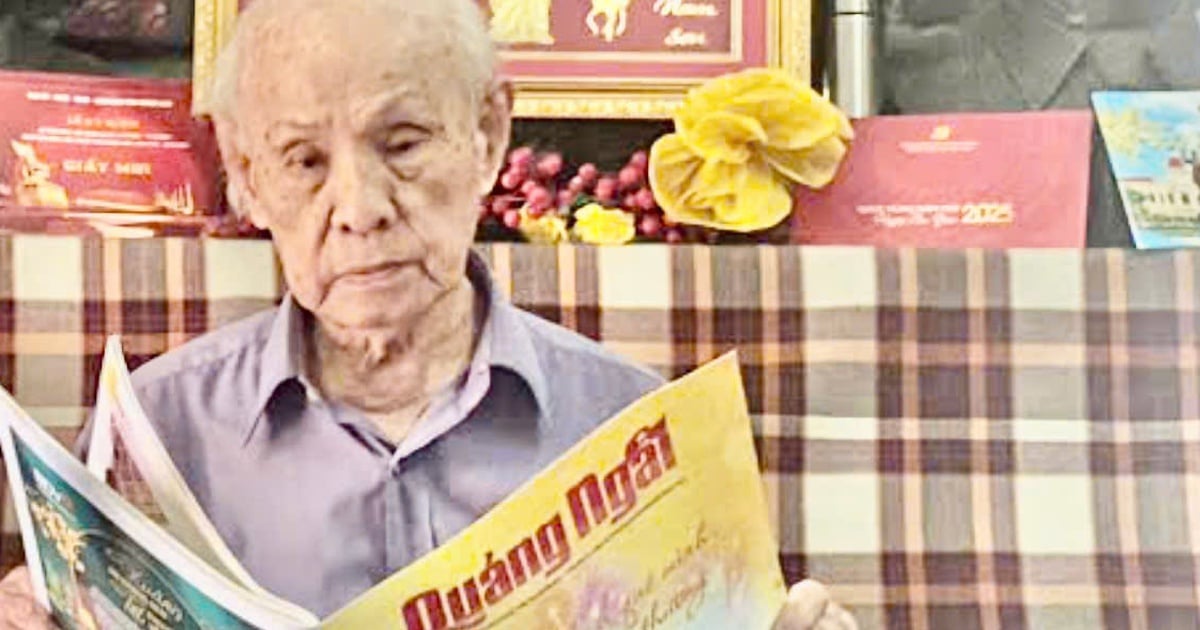
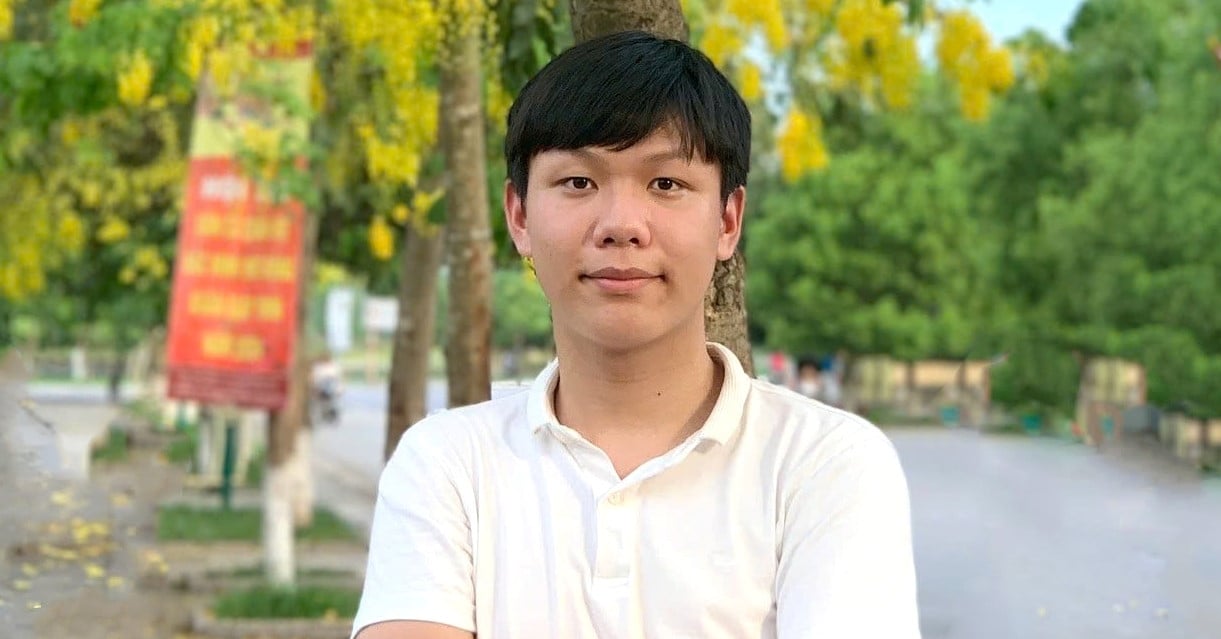

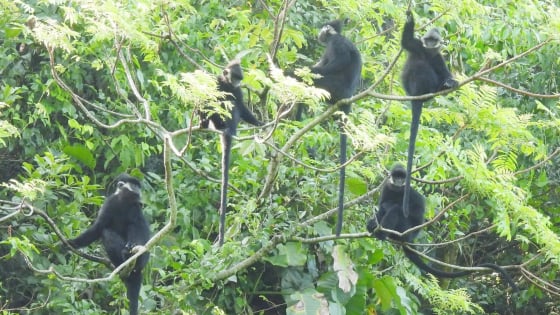

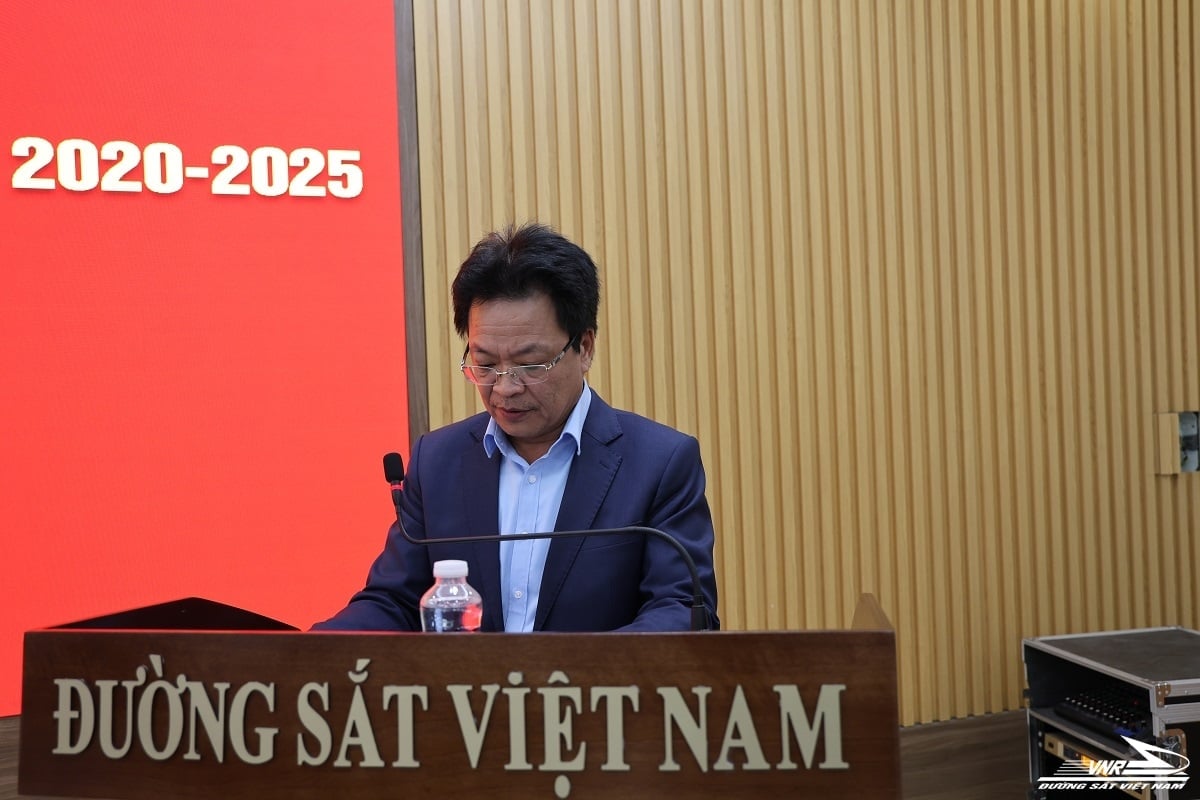
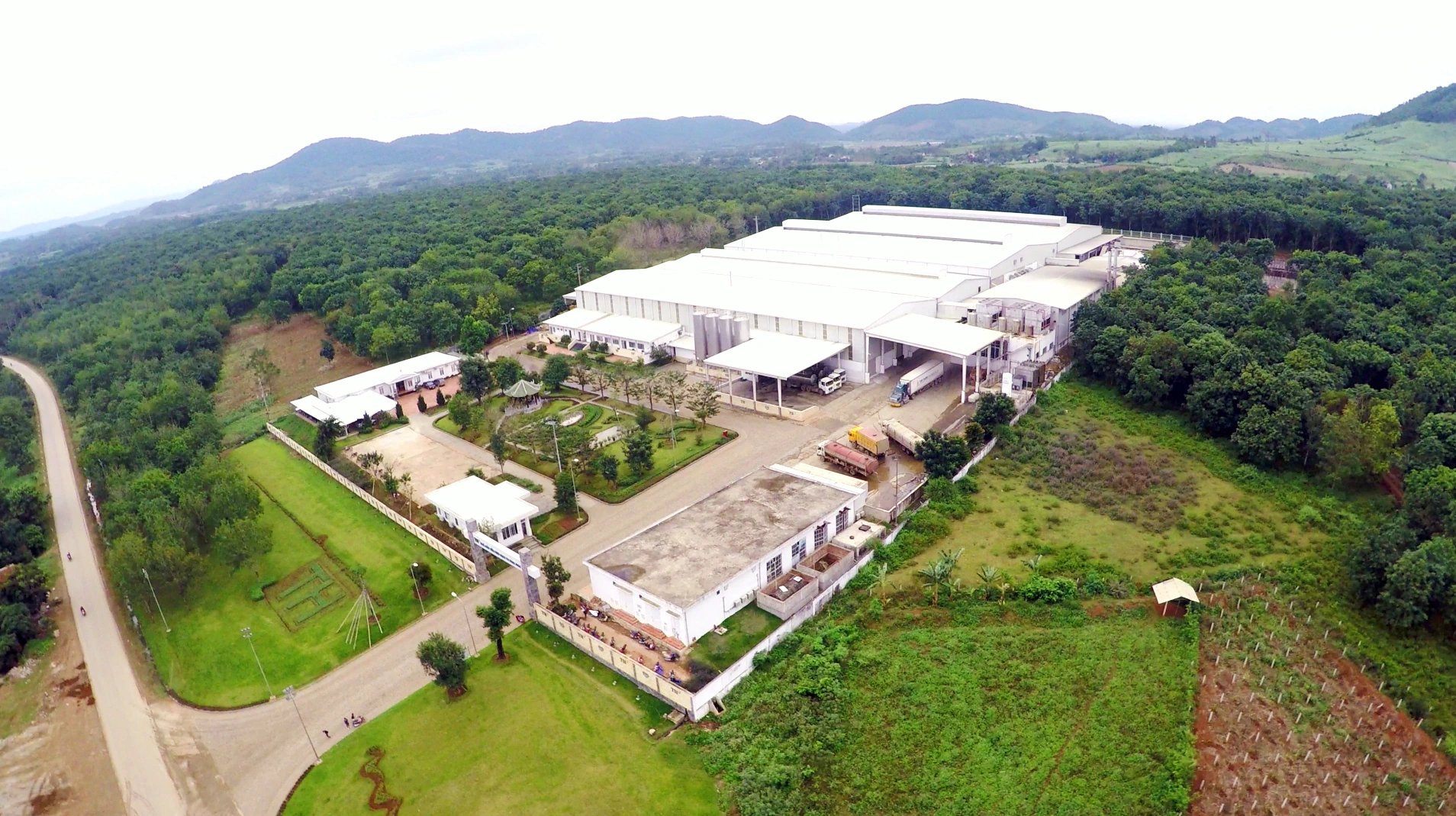





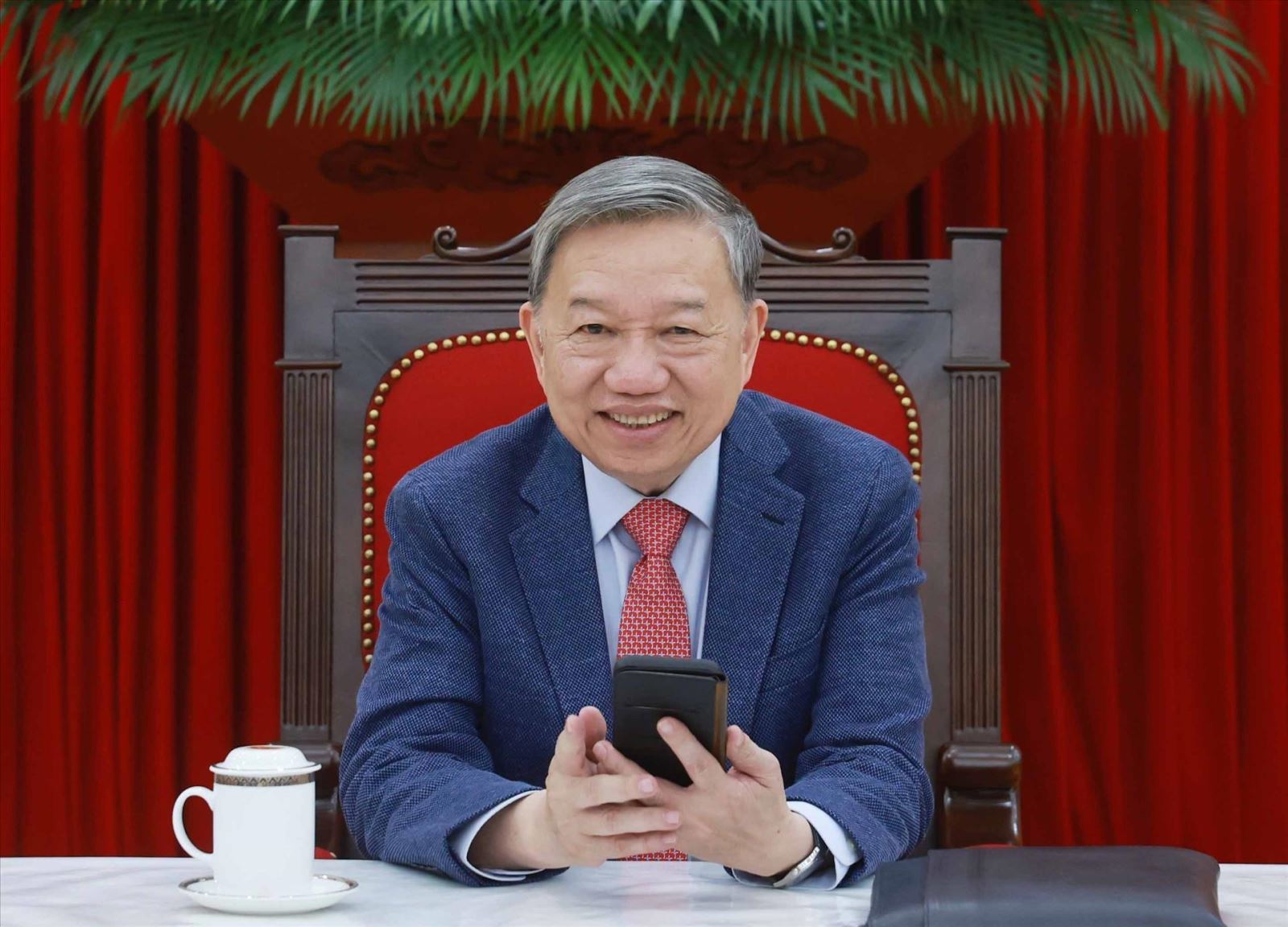


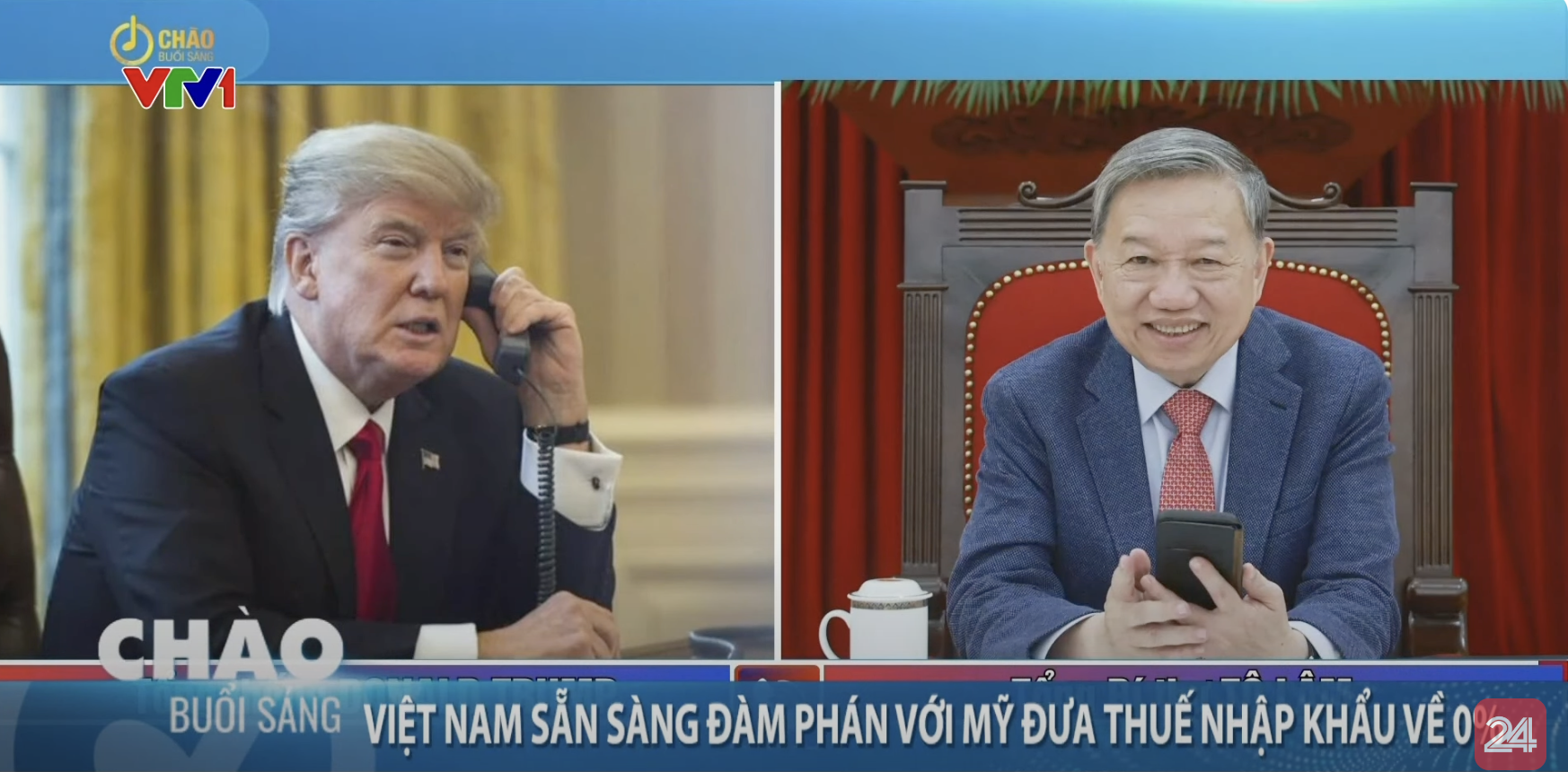



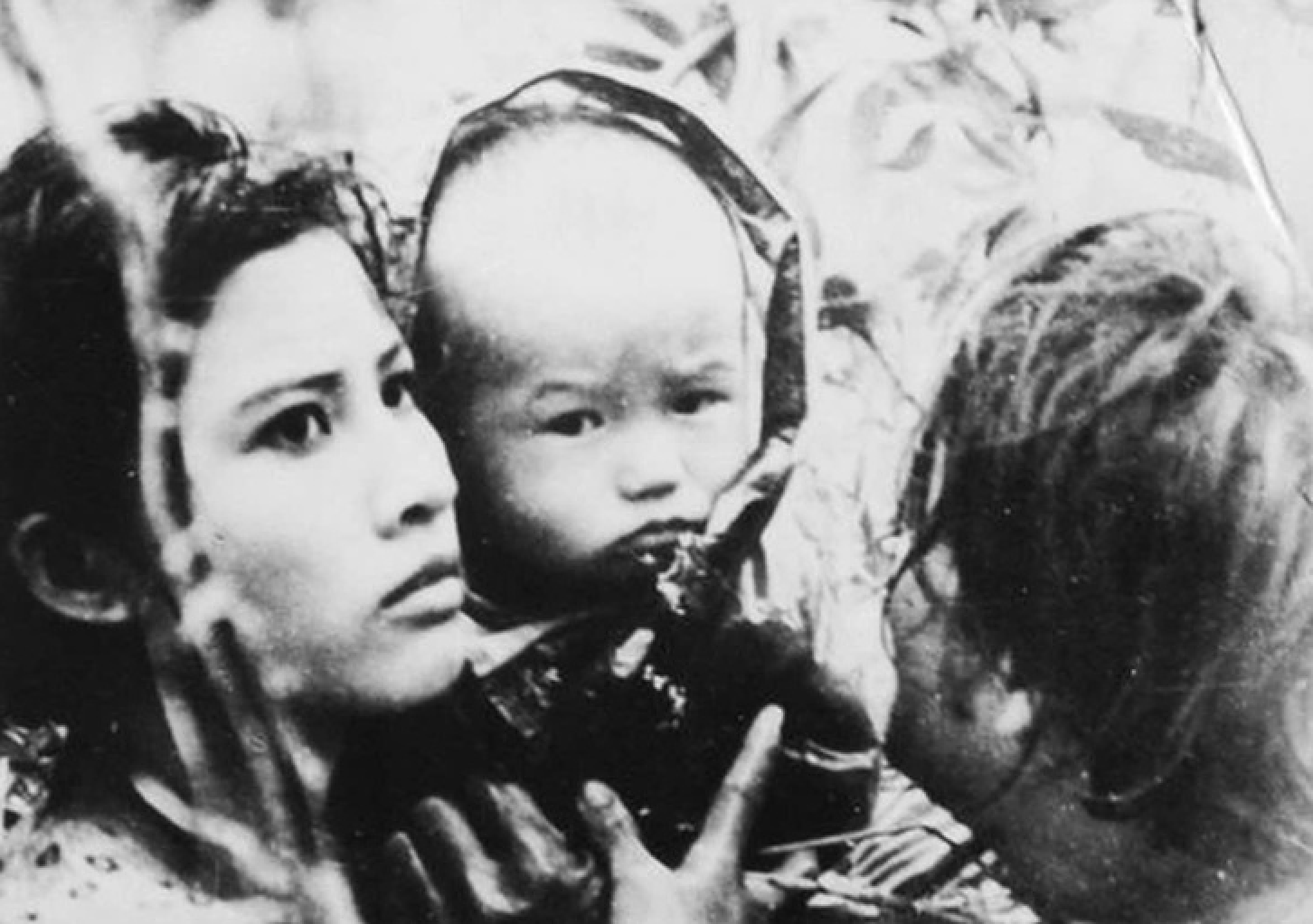













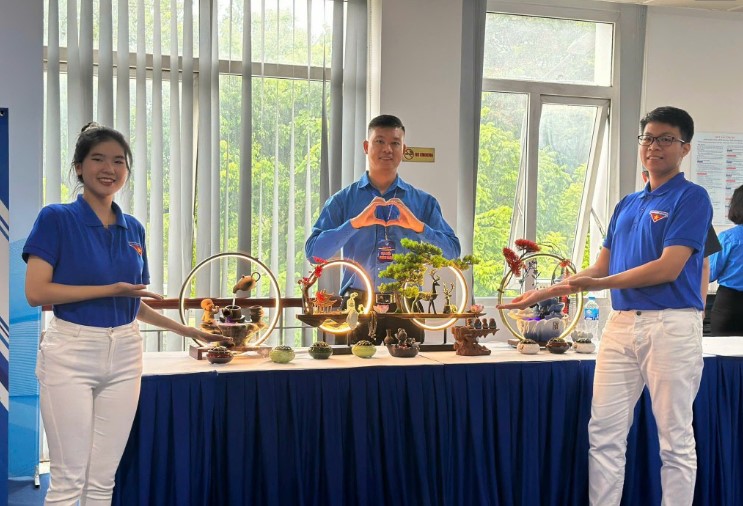
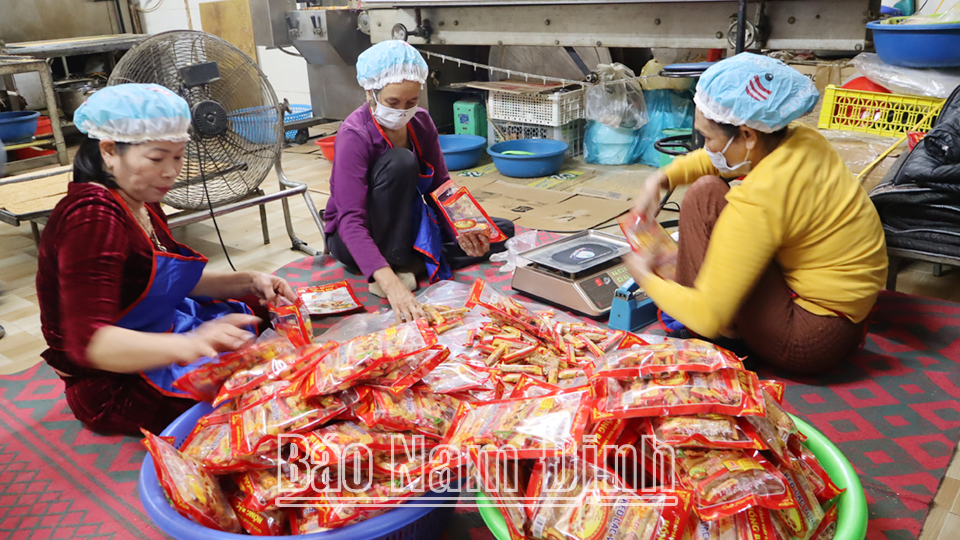





Comment (0)